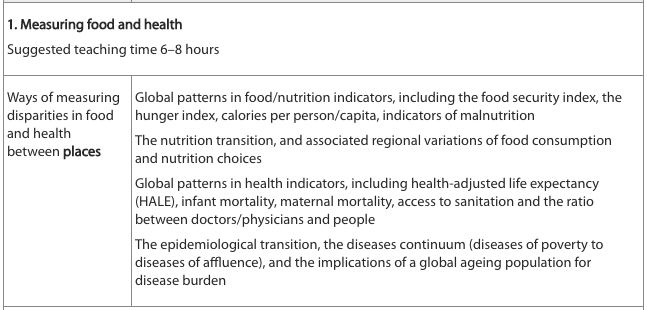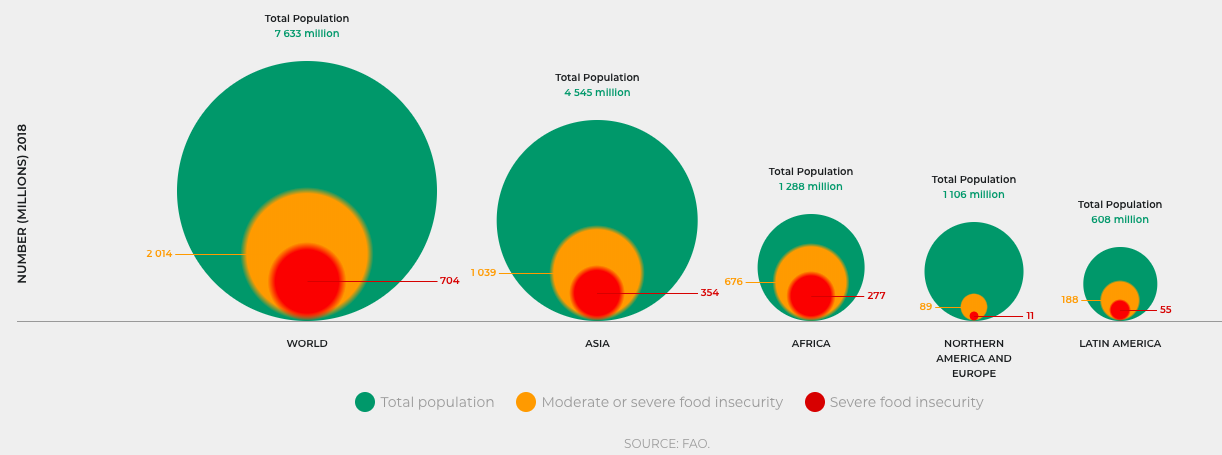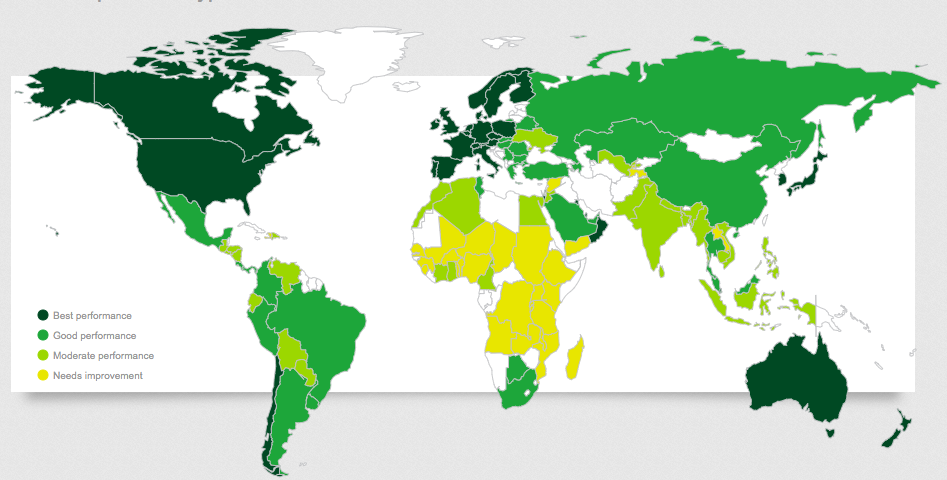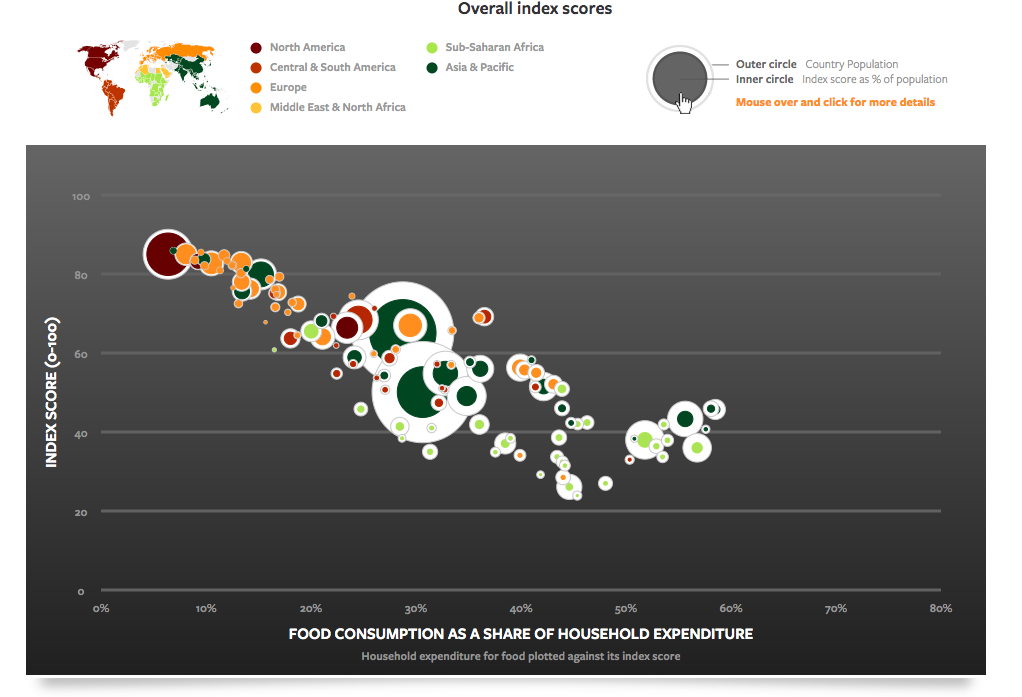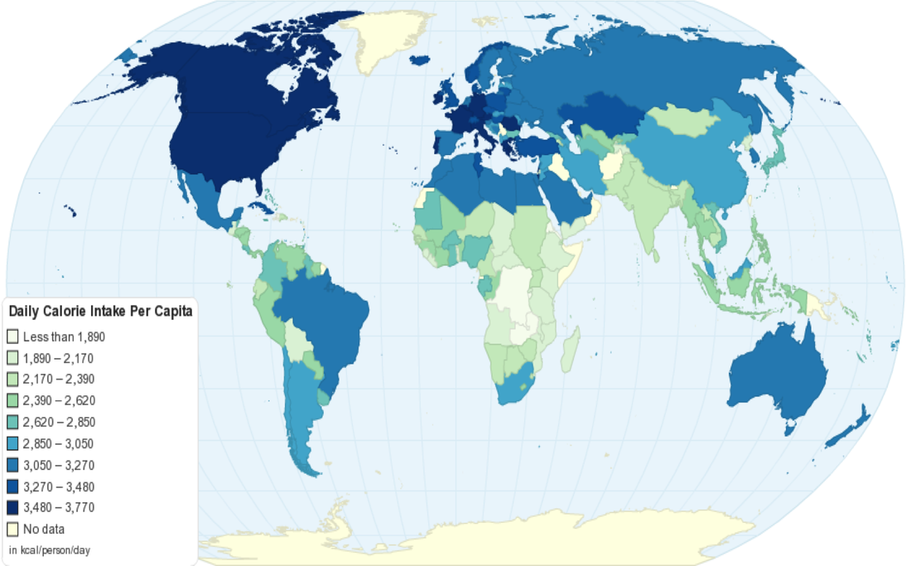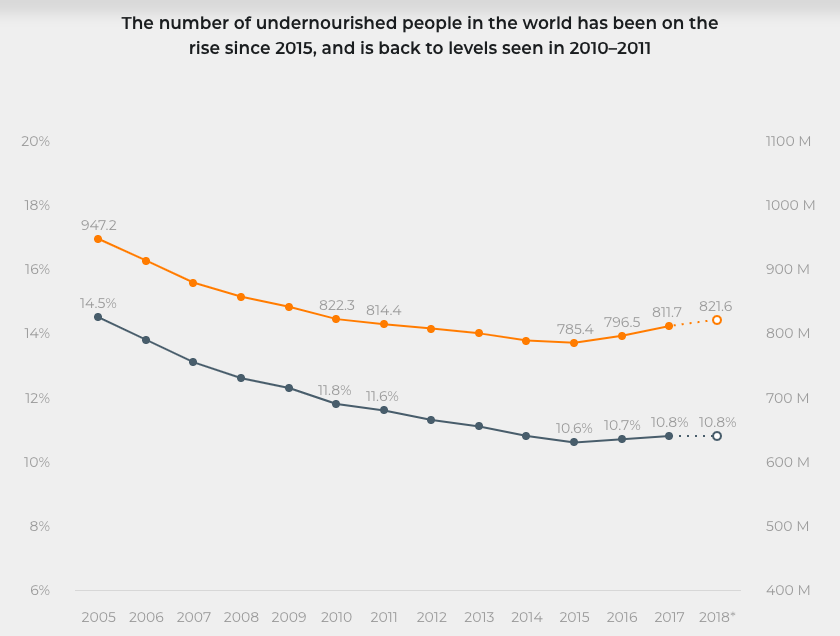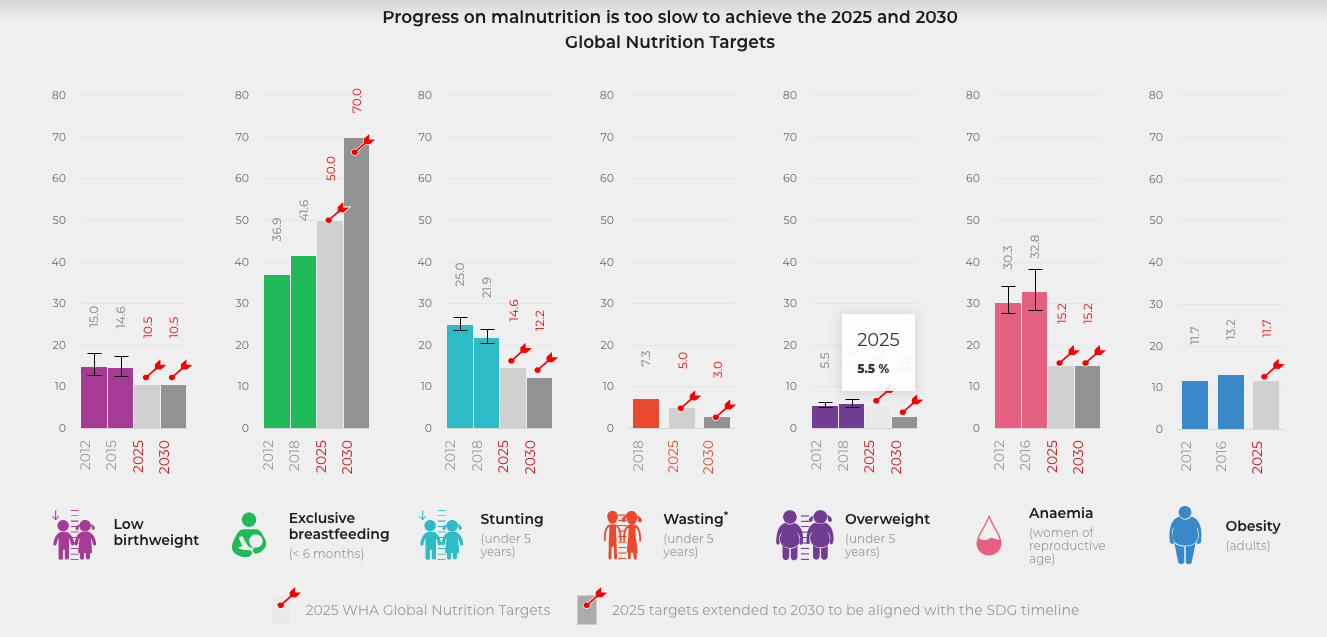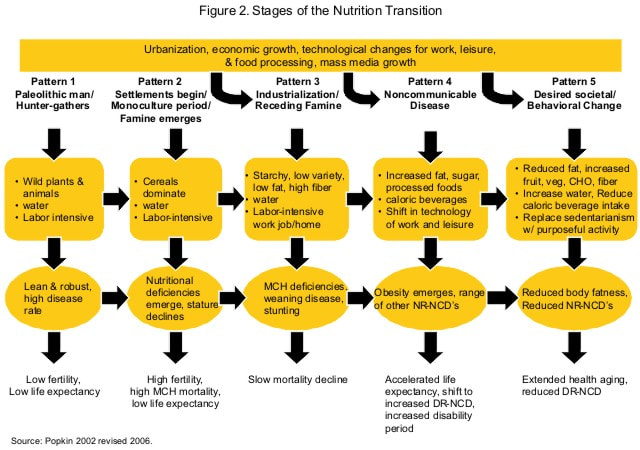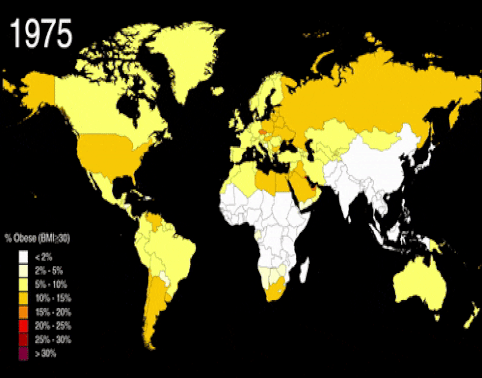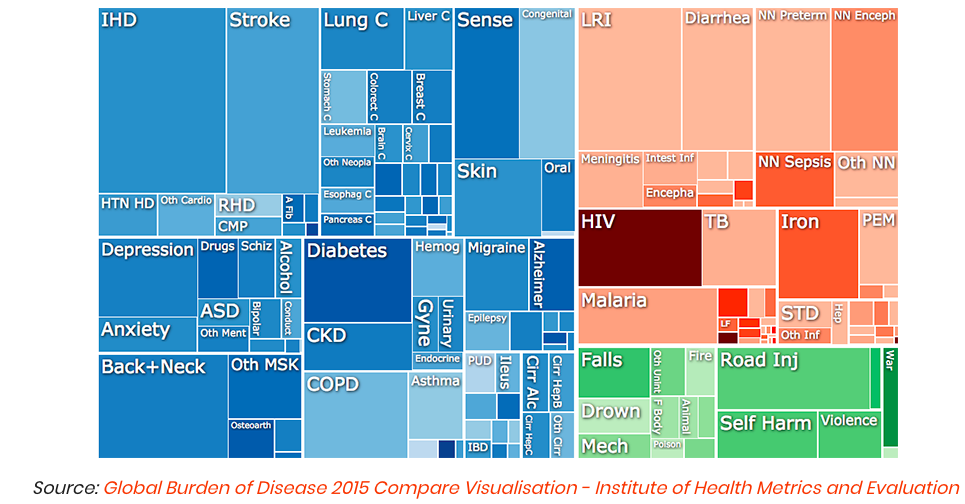1. Measuring Food & Health
Syllabus Link: Ways of measuring disparities in food and health between places
FOOD
Global Patterns in Food / Nutrition
Global patterns in food/nutrition indicators, including the food security index, the hunger index, calories per person/capita, indicators of malnutrition
Global Patterns
|
|
|
Article: The toxic truth about what we eat
Food Security Index
|
|
|
|
The Hunger Index
|
|
|
|
Calories Per Person
|
|
|
Website: Daily calories 0- Graphs from our World in Data
Reading: The WHO - Global trends in calorie consumption
Article: Mapping calorie consumption per day
Malnutrition
Reading: WHO - What is malnutrition?
Webpage: UNICEF - Global malnutrition rates
Article: Nat Geo - The new faces of hunger
|
|
|
|
The Nutrition Transition
The nutrition transition, and associated regional variations of food consumption and nutrition choices
Activity: What the world eats - Nutrition transition activities
Reading: Wiki - The nutrition transfer
Visualizations: What the world eats
Article: Overeating hits the developing world
Video & Article: A 1/3 of adults are now overweight or obese
Reading: Wiki - The nutrition transfer
Visualizations: What the world eats
Article: Overeating hits the developing world
Video & Article: A 1/3 of adults are now overweight or obese
|
|
|
|
Health
Global patterns in health indicators
Global patterns in health indicators, including health-adjusted life expectancy (HALE), infant mortality, maternal mortality, access to sanitation and the ratio between doctors/physicians and people
|
|
|
Activity: Measuring health
Website: Visualizations - The geography of health
Visualization: WHO - Life expectancy
Reading: Health indicators
|
|
|
|
The epidemiological transition
The epidemiological transition, the diseases continuum (diseases of poverty to diseases of affluence), and the implications of a global ageing population for disease burden
|
|
|
|
Activities: Epidemiological transition activities
Reading: The epidemiological transition
Interactive: Healthy life expectancy
